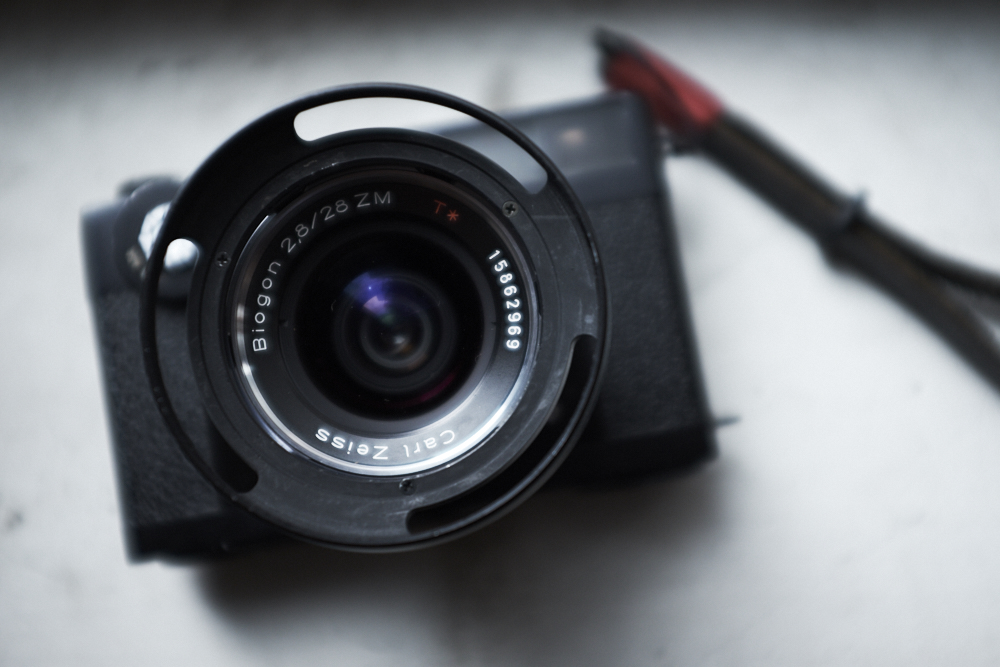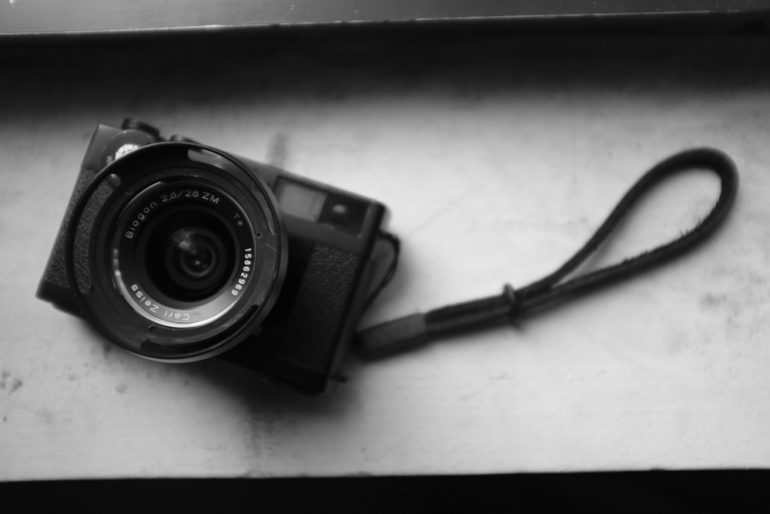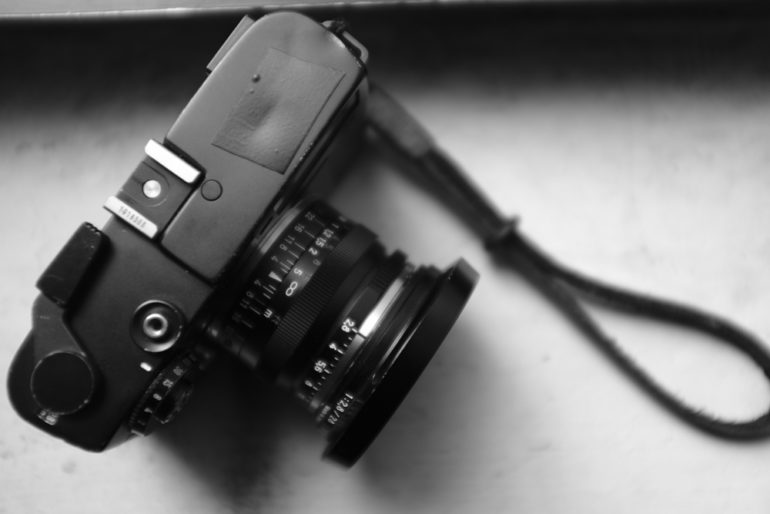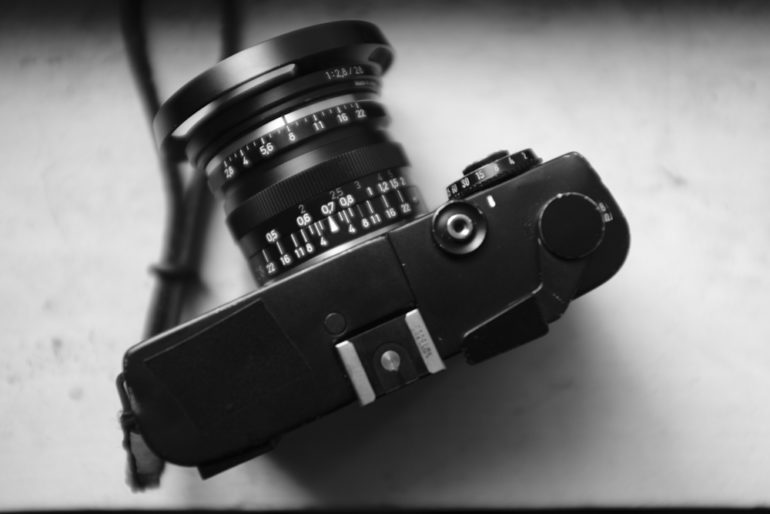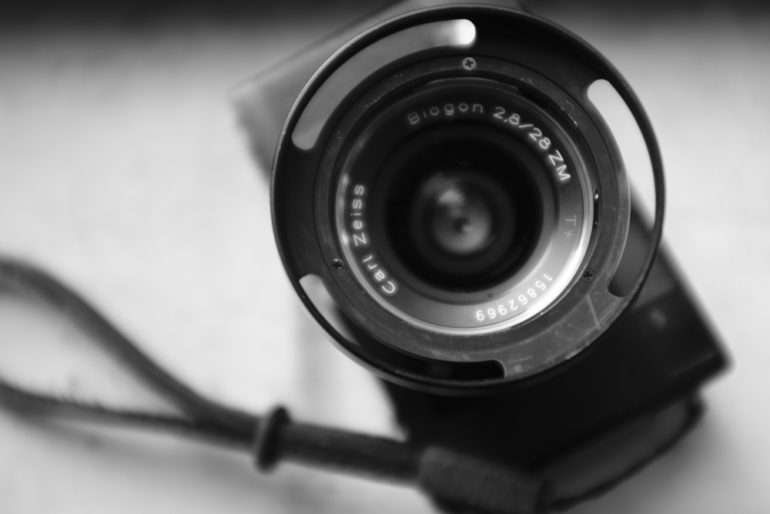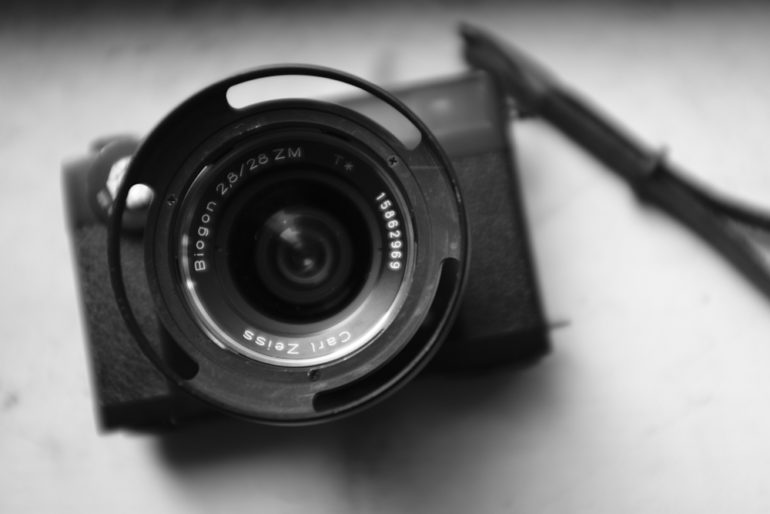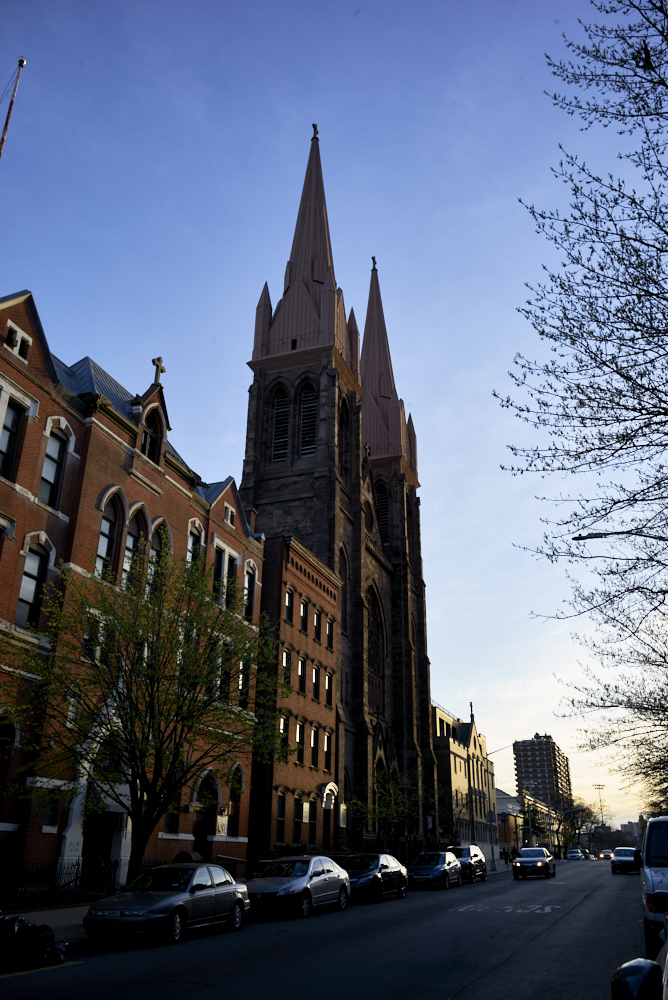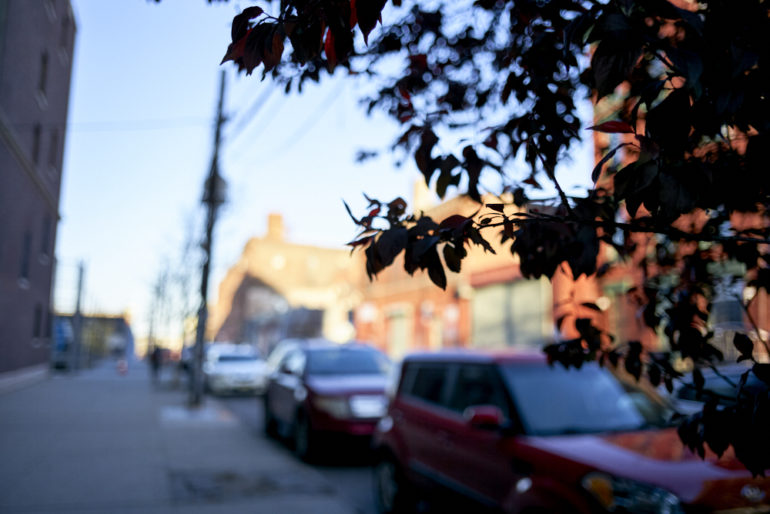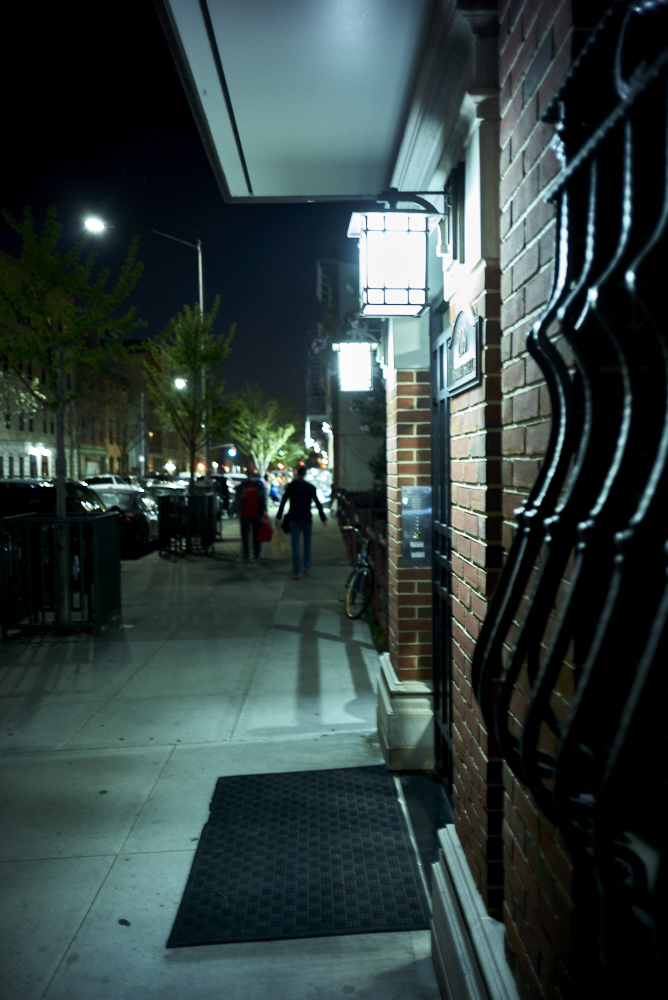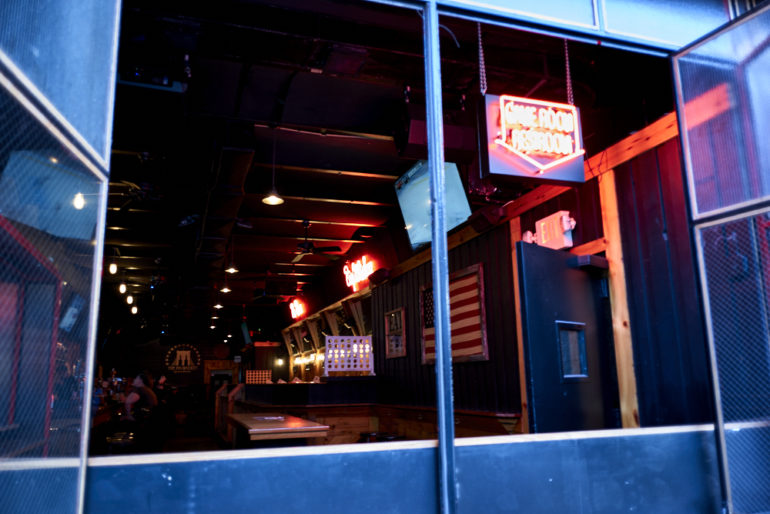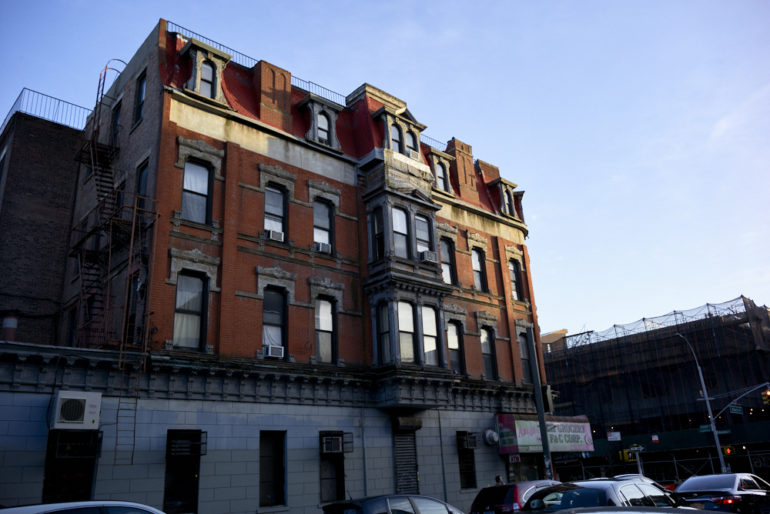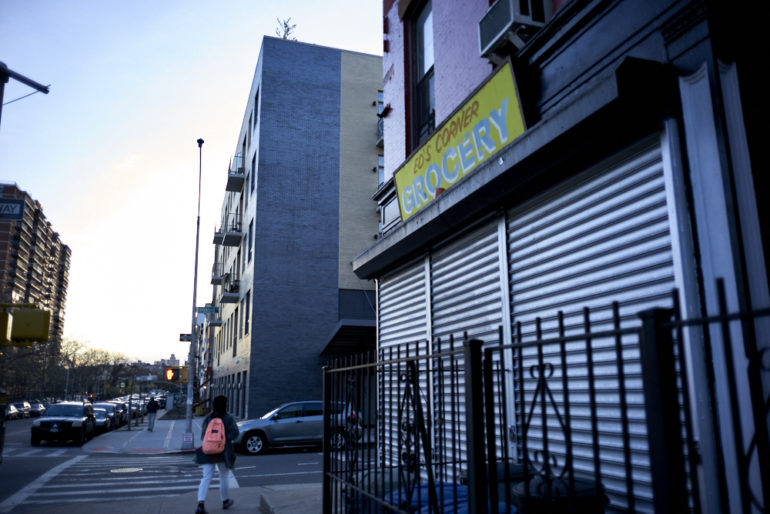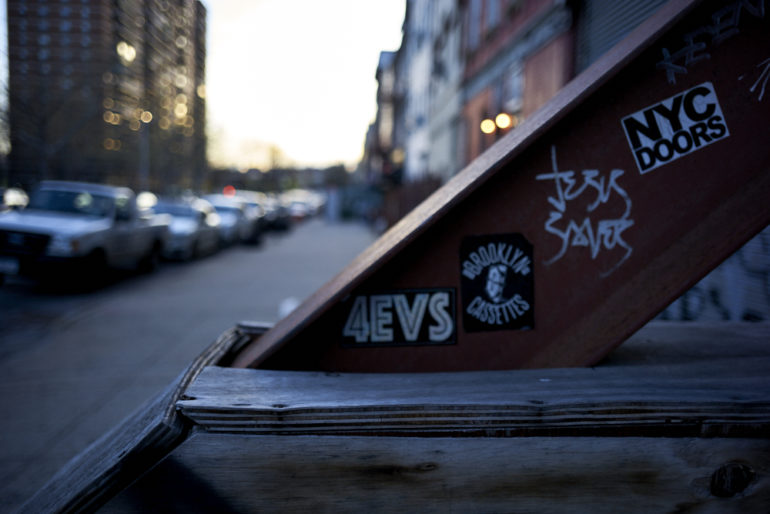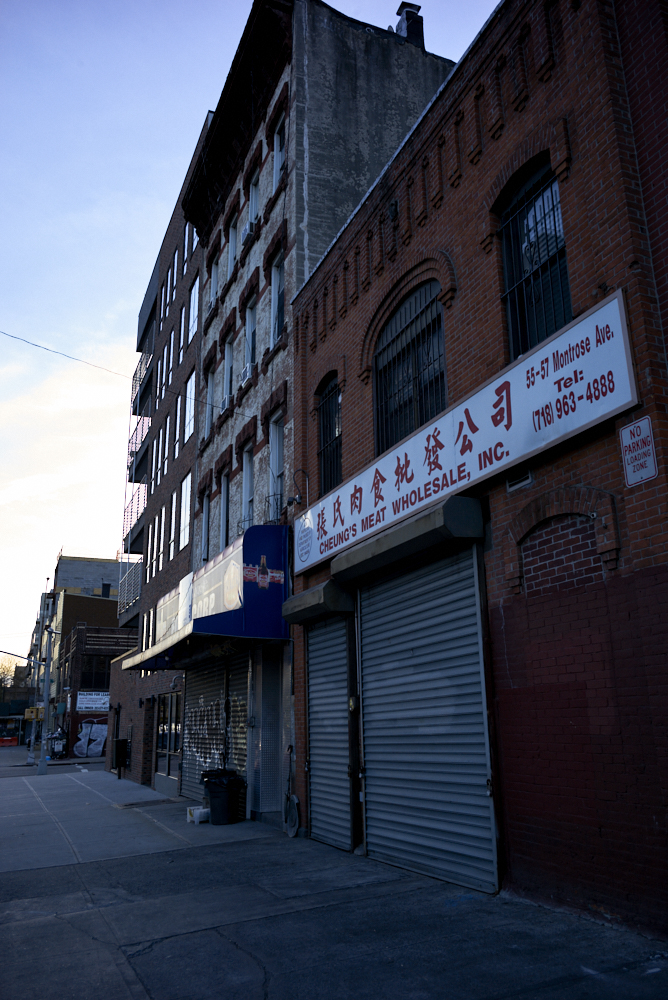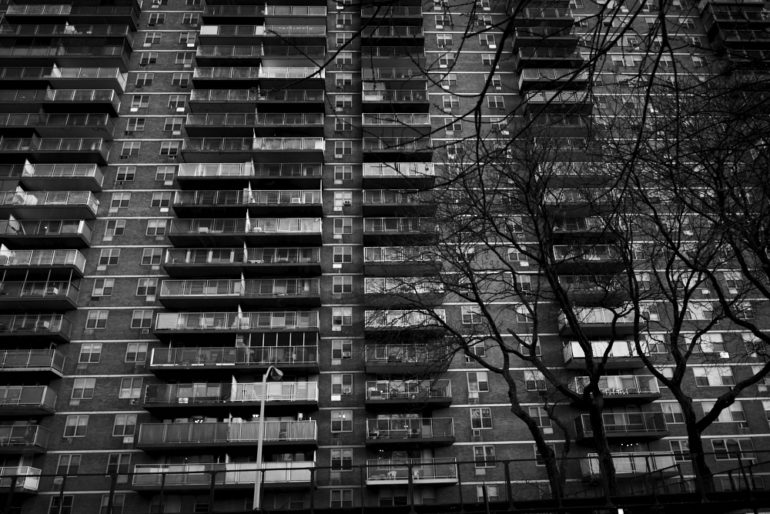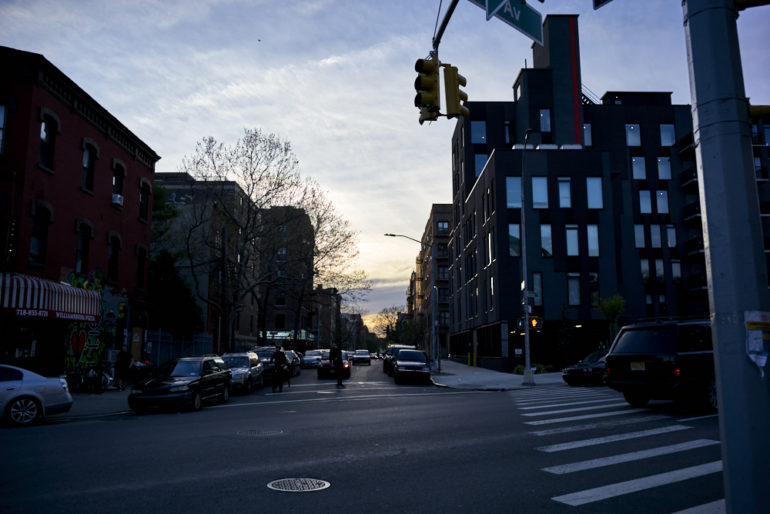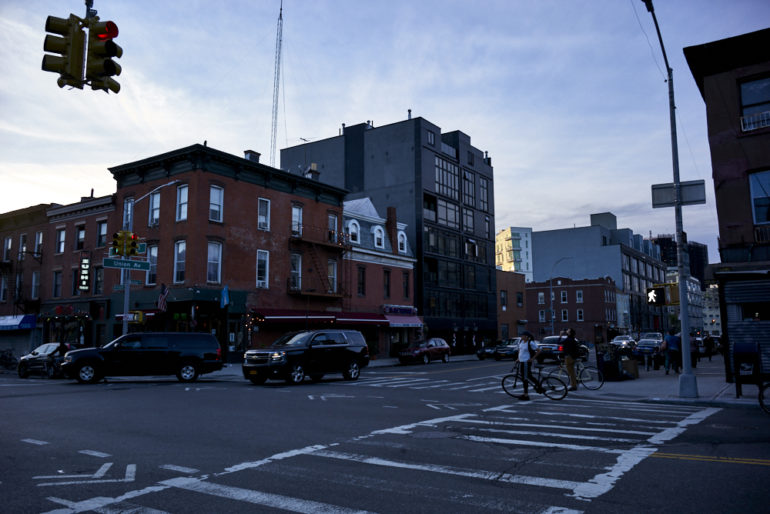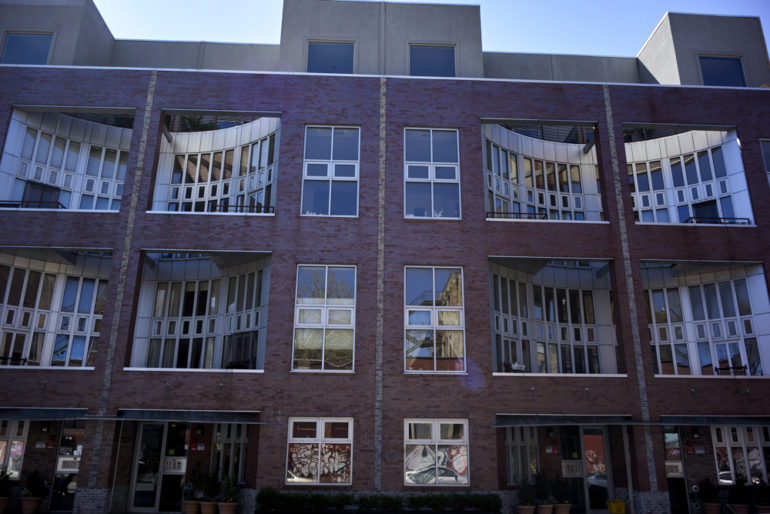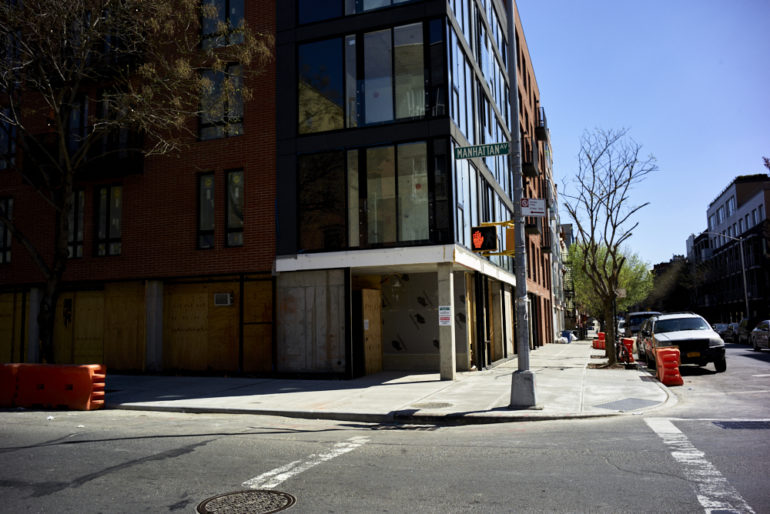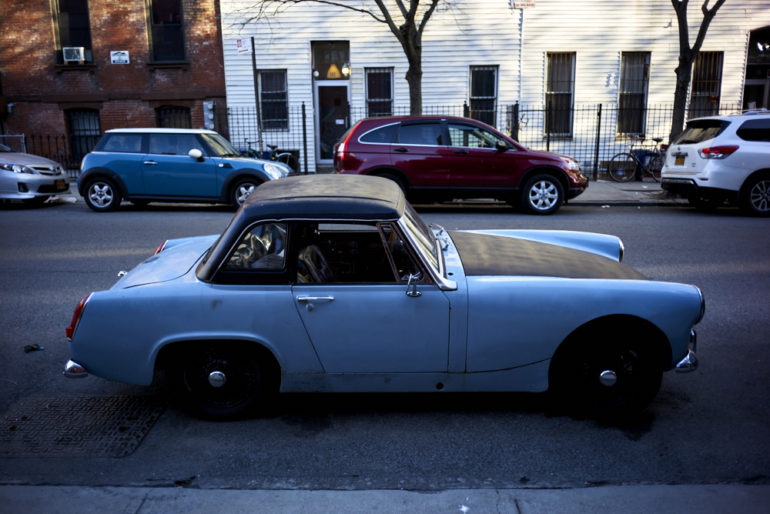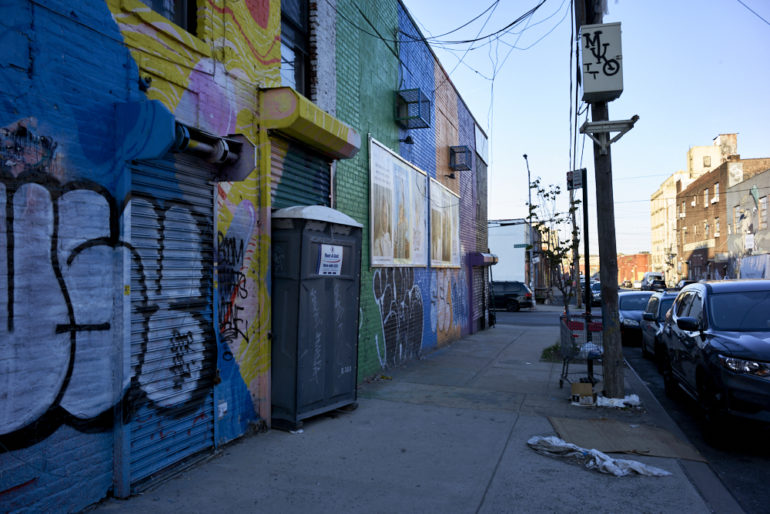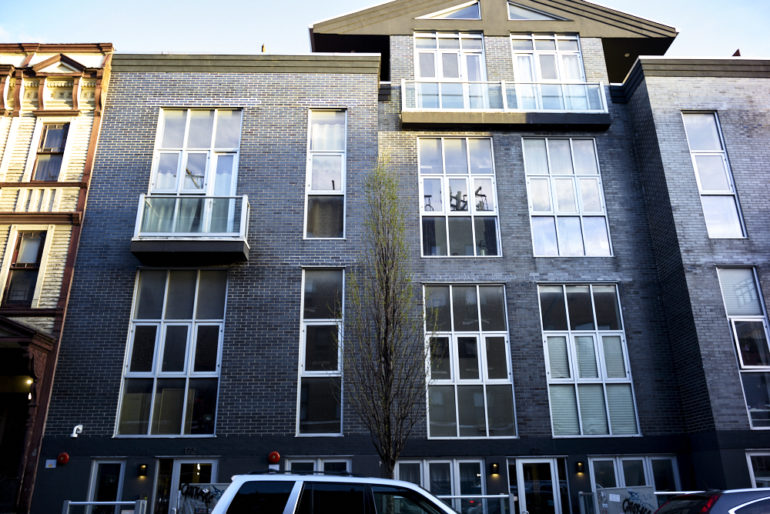If you were to consider one lens for street photography and urban geometry, then there isn’t a fantastic reason why the Zeiss 28mm f2.8 ZM lens shouldn’t be on your list. The lens is designed for the Leica M mount, which means that it has a whole lot of versatility when it comes to mounting it to something else. So for the Sony a7 series shooter, it’s a nice addition. But it’s also nice to be in the bag of a Leica M shooter or in my case, with the Leica CL. Zeiss has always made some really stellar lenses, but when you also make them this compact, it’s easy to fall in love with their glass all over again.
Pros and Cons
Pros
- Compact
- Beautiful image quality
- Nice bokeh
- Sharp
- Perfect in so many ways as a walkabout lens
Cons
- It’s a rangefinder lens, so close focusing isn’t really a thing that can be done here.
Gear Used
We tested the Zeiss 28mm f2.8 ZM with the Sony a7, Leica M Typ 240 and the Leica CL.
Tech Specs
Specs taken from the Zeiss listing page
| Performance | Focal length | 28 mm |
| Aperture range | f/2.8 – f/22 | |
| Camera mount | Leica M-Mount* (ZM) | |
| Format compatibility | Full Frame | |
| Focusing range | 0,50 m (19.69″) – ∞ | |
| Free working distance | ||
| Angular field** (diag. | horiz. | vert.) | 75° / 65° / 46° | |
| Diameter of image field | ||
| Coverage at close range (MOD)** | 370 x 550 mm (14.57 x 21.65″) | |
| Image ratio at minimum object distance | 1 : 16 | |
| Lens elements | Groups | 8 / 6 | |
| Flange focal distance | ||
| Entrance pupil position (front of image plane) | ||
| Features | Autofocus | – |
| Image Stabilization | – | |
| Physical | Filter thread | M46 x 0.75 |
| Rotation angle of focusing ring | ||
| Diameter max. | ||
| Diameter of focusing ring | ||
| Length (with lens caps) | ||
| Length (without lens caps) | 51 mm (2.00″) | |
| Weight | 220 g (7.77 oz) |
Ergonomics
The Zeiss 28mm f2.8 ZM lens is an offering that manages to pack a whole lot of potential and quality into a small prime. For many photographers that’s very important. We start our ergonomic tour with the front of the lens, which has Zeiss’ typical markings and looks. Just imagine steel contrasting with white and black. It’s very beautiful.
Move to the top of the Zeiss 28mm f2.8 ZM and you’ll find one of the most important parts, the distance focusing area. The aperture ring is positioned towards the front of the lens, so if you’re used to Fujifilm’s way of doing things by putting the ring towards the back, then you’ll probably need to adapt a bit.
The focusing scale and zone focusing scales are both easily read due to the contrasting paint. Again, there’s a fair amount of attention to detail here that you sometimes don’t get with both Voigtlander and Leica.
Build Quality
This lens is all metal; and every bit and angle of the lens oozes with quality. With that said, the Zeiss 28mm f2.8 ZM isn’t weather sealed at all. So just be careful. If you’re using a film camera though, you’ve got a bit less to worry about providing that the camera doesn’t have an electronic assembly inside.
Ease of Use
If you’re mounting this lens onto a rangefinder camera, then you’ll get the best results with a camera that has 28mm framelines. Otherwise, as is the case with my Leica CL, you’re best off using zone focusing–which is probably how you’re going to use this lens anyway.
Focusing
The Zeiss 28mm f2.8 ZM is a manual focus only optic. So you’re going to need to work for your focusing. As long as you’re focusing using the zone focusing method though, you shouldn’t have any issues. Most photographers sit there and crank away at the focusing ring hoping that they’re going to get something in focus quickly.
That’s the wrong way to use this lens to its maximum potential.
Image Quality
The Zeiss 28mm f2.8 ZM is at this point a pretty old lens. Zeiss has discontinued the Zeiss Ikon rangefinders sadly, but this is a lens that has held its own in so many ways. It still has beautiful bokeh, sharpness, colors and almost zero chromatic aberration even by today’s standards.
In truth, when it comes to image quality it’s probably one of my favorite M mount lenses.
Bokeh
Here is where the Zeiss 28mm f2.8 ZM has a bit of a disadvantage. It’s a wide angle lens with an f2.8 aperture and the minimum focusing distance is around a meter. So with that said the bokeh isn’t going to be absolutely incredibly fantastic. However, for what it is the bokeh isn’t bad at all. This example shot is designed to show off the bokeh though my later photos in this review perhaps show off how the bokeh can be used better.
Chromatic Aberration
In my tests, I didn’t really find any major chromatic aberration that would have more conservative thinkers angry. As it is, any of this would easily be removed in post-production. Luckily when editing the photos in Capture One, I didn’t have much of a problem.
Color Rendition
To get the best colors from this lens, I seriously recommend locking your camera to either Tungsten white balance or daylight white balance to emulate the look of film a bit more. With that said, I did this with my Sony camera and fell in love with the colors that I got. They’re slightly more muted than the Milvus lineup and the Loxia lineup and in many ways I genuinely wish that Zeiss would bring that color rendition back and stop worrying about DXO scores in one way or another.
Sharpness
Do I really need to say any more here? It’s a fantastically sharp lens and when you add artificial light or a flash, you’re going to get something with a whole heck of a lot of potential. Will it outdo more modern lenses? Probably not if I’m going to be honest. But if you’re not pixel peeping, then you probably care more about the overall look in the same way that I do.
Extra Image Samples
Conclusions
Likes
- Great build quality
- Some of my favorite colors from an M mount lens
- Compact
Dislikes
- Nothing that can honestly be helped
The Zeiss 28mm f2.8 ZM lens is a really awesome one. It delivers nice colors, works well on film and digital, and is compact. Plus the build quality is fantastic in every way. There isn’t a whole lot to hate about this lens though one can honestly ask why they’d buy this lens over some more affordable autofocus lenses if they’re a Sony camera user. Part of that has to do with how easy it is to zone focus with this lens along with the slightly more classic look vs Sony’s super saturated look that folks have complained about on the web for a while. Even so, it will probably be a matter of time until Zeiss makes a Loxia version.
The Zeiss 28mm f2.8 ZM receives five out of five stars. Want one? They’re not a terrible price for an M mount lens right now.


